A while back, Cam wrote about a Bloomberg columnist who, in a discussion with Reason, noted how anti-gun research is largely garbage. The fact that this came from Bloomberg was fascinating to me, but not nearly as fascinating as the examples given in that piece.
When you couple these issues with the heavily slanted so-called research we see elsewhere in science, it’s hard not to lose trust in scientific institutions.
That’s not helped by a recent piece in Scientific American, where a sociologist writes a long anti-gun screed that needs a bit of our attention.
In the past decade, mass killings at schools, nightclubs, places of worship and other once unimaginable settings have shaken the U.S. While mass shootings comprise 0.1 percent of gun deaths nationwide, they appear headed on a grim upward spiral.
This year has been the worst recorded for mass-shooting incidents in the U.S., according to Northeastern University’s database, with 33 by mid-August. Mass shootings are growing exponentially, demanding urgent attention. Other gun deaths, including homicides, suicides and accidents, are three orders of magnitude more numerous, but in contrast have stabilized, reaching a kind of equilibrium over the past century.
The first problem is that the Northeastern University database is in conjunction with USA Today, and here’s what they say about the murders included in their database. “When it comes to gun violence, our database is narrower than some tracking sites, such as the Gun Violence Archive, that include shootings that injure large numbers of people but kill no one. However, our database is broader in other ways. It includes every mass killing since 2006 from all weapons in which four or more people, excluding the offender, were killed within a 24-hour time frame.”
So, of those 33 “mass shootings,” nine were non-public, which most people don’t think of as mass shootings, and two weren’t even shootings.
And this is a serious researcher writing for a prestigious scientific publication? I found the flaw here with just a two-minute look at the cited database. It kind of calls the piece’s credibility into question already, doesn’t it?
Anyway, moving on…
That means—despite the grip that gun politics have on U.S. lawmakers—a sharp break is needed from “business as usual” gun laws to derail the exponential increase in mass-shooting murders.
Except the anti-gun author has done nothing except assert there is a problem. He’s done nothing to link our current gun laws to mass shootings except to say America has a lot of guns and a lot of mass shootings. We also see increased ice cream sales during summer as well as an increase in homicides, so clearly ice cream causes murder.
U.S. society’s response to gun-related fatalities has been sensitive to deviations from this gun death ceiling. The “St. Valentine’s Day Massacre,” in 1931 in Chicago, for example, triggered the National Firearms Act. The Brady Handgun Violence Prevention Act of 1993 and the Federal Assault Weapons Ban of 1994 came in response to an upward deviation of gun deaths around the mid-1990s, and effectively curbed that increase. But the latter expired in 2004, setting the stage for a new upward fluctuation. In fact, gun deaths have been rising again since 2011, as shown in the chart. Most likely the Bipartisan Safer Communities Act signed into law by Biden on June 25, 2022, and possibly other similar legislation will reverse the overall gun death trend, which saw its highest number ever recorded in the previous year at nearly 49,000 deaths.
Except there are a few missing facts.
One, the NFA passed and the homicide rate didn’t. Not until after the repeal of Prohibition, which was the law that basically empowered the mob and created the groundwork needed for mob wars over control of the liquor trade. That was when violent crime started to decline.
Also, in the 1990s, homicides had already started a downward trend when the Brady Bill and the Assault Weapon Ban were passed, meaning there’s little reason to attribute the continued drop to either piece of legislation.
Further, the author claims that the sunsetting of the AWB in 2004 resulted in “setting the stage for a new upward fluctuation.” He neglects to note that it took more than a decade to see any increase in the homicide rate and even that was shortlived until the pandemic hit.
Now, Scientific American acknowledge that this is “opinion and analysis” by the author, but they still didn’t bother to do any basic fact-checking.
Further, the author is being pretty disingenuous in this piece, at best. At worst, he’s downright lying about facts in hopes that no one would bother to fact-check him.
I didn’t hit everything, either, because I have a feeling pointing out all the flaws in his blatantly anti-gun arguments would fill a book and no one has time for that.
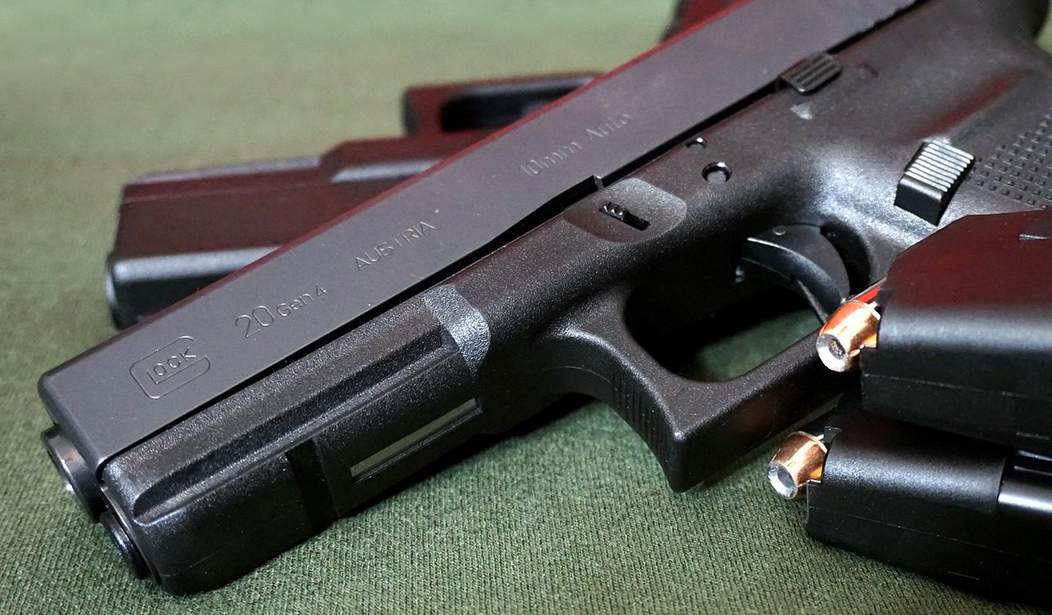

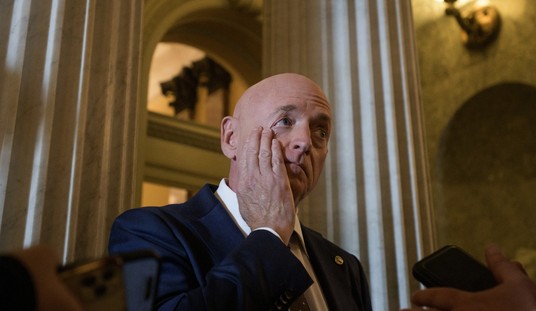

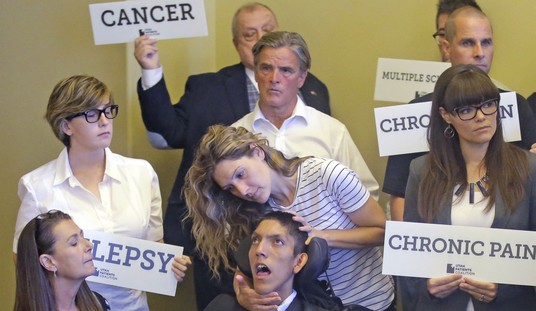

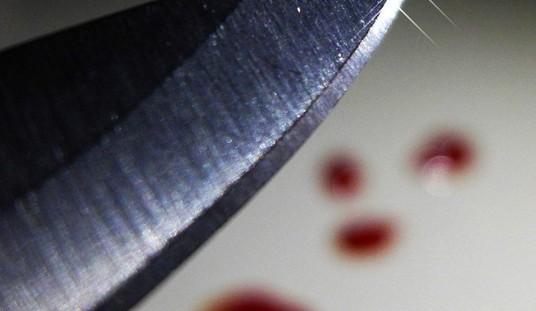
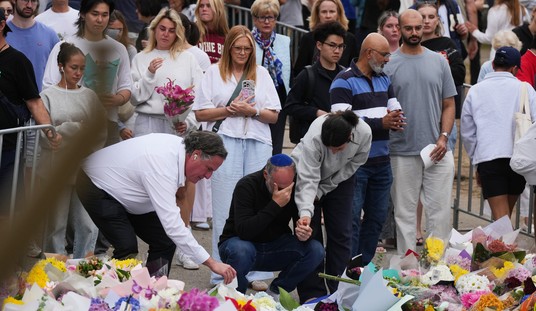
Join the conversation as a VIP Member